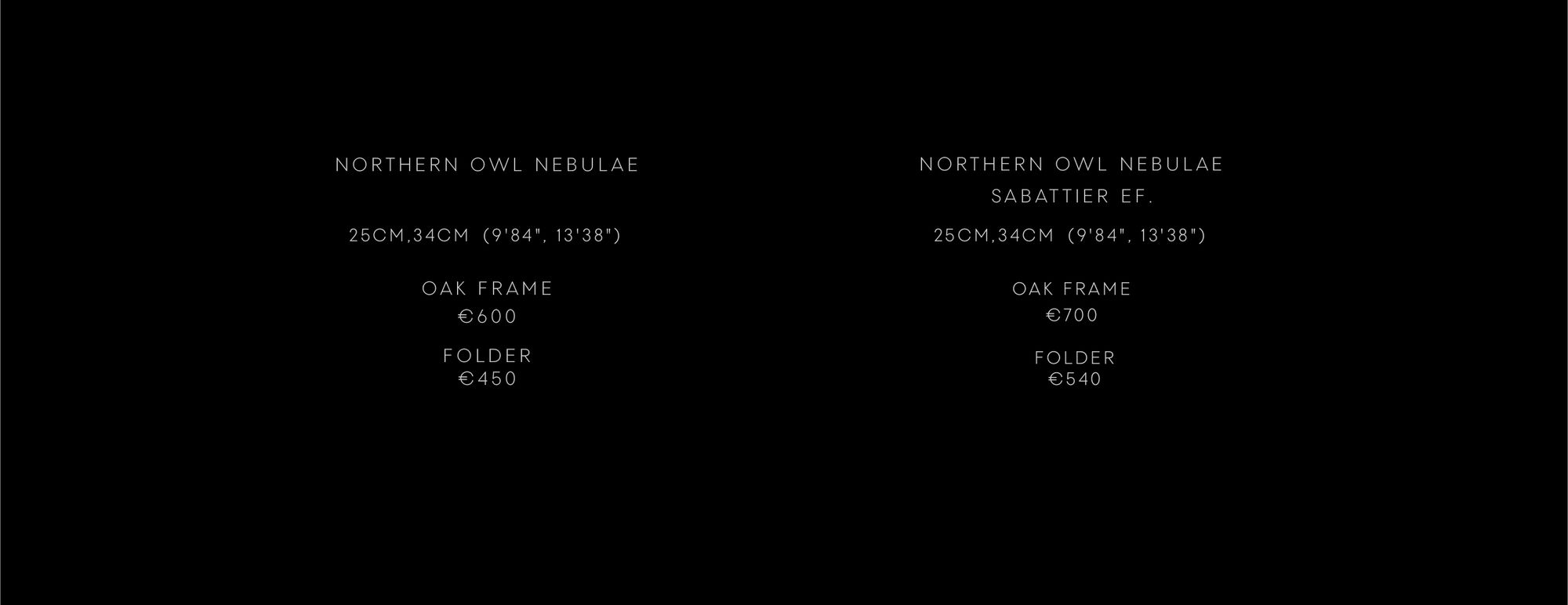
crab nebula
The Owl Nebula was discovered by French astronomer Pierre Méchain on February 16, 1781. In 1844, Admiral William H. Smyth classified the object as a planetary nebula.When William Parsons, 3rd Earl of Rosse, observed the nebula in Ireland in 1848, It has been known as the Owl Nebula ever since.
Planetary nebulae last for only about 10,000 years, a fleeting episode in the 10-billion-year lifespan of Sun-like stars. So, over the next several thousand years, the nebula will gradually disperse into space, and then the white dwarf will cool and fade away for billions of years.
Planetary nebulae are important astronomical objects because they play a key role in the chemical evolution of the galaxy, returning material to interstellar space and thus enriching it with heavy elements, products of nuclear fusion. Out of this material new stars, planets and eventually life can form.
11h 14m 47.734s | +55° 01′ 08.50″





